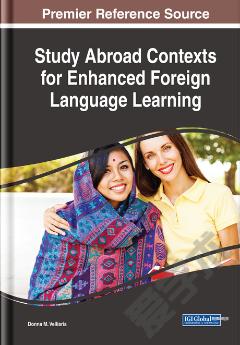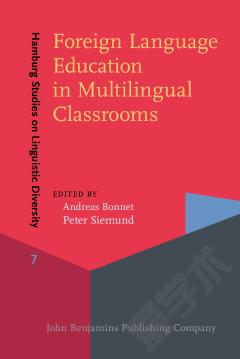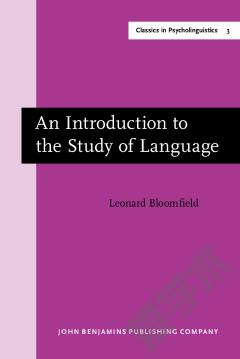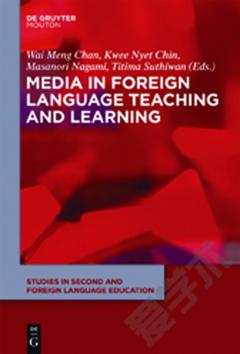New Developments in Foreign Language Learning
It has been estimated that some 60% of today’s world population is multilingual. Living in a multilingual world makes language learning essential and the foreign language teaching profession even more valued to guarantee communication in a wide spectrum of languages, thus promoting mobility around the world and ensuring the continuity of the translation industry. This book provides current research and examines new developments in foreign language learning. The first chapter presents illustrations of the latest trends and practices in language learning, demonstrating that technology-enhanced language learning enables innovative foreign language delivery and empowers learners to acquire the chosen language in a more independent yet effective way. Chapter two describes the results of an experiment in building an online platform for learning foreign languages that allows people to teach their native language without being professional instructors. Chapter three studies secondary EFL learners' extracurricular L2 contact and their self-beliefs concerning oral narrative competencies. Chapter four examines how a learner who learns Japanese as a foreign language (FL) at an Australian university develops a positive FL self-concept to overcome her anxiety about speaking the FL during the transition period from secondary school to university and then to a Japanese study abroad. Chapter five argues that the ‘under-resourcefulness’ of an ELT context is misguided, as it is derived from the conception of what is believed to be ‘standard’ and not on the concept of adequacy and sufficiency; and hopes to demonstrate that the ‘under-resourced’ conception of contexts is the result of the inapplicability of Centre-driven methodologies in contexts that are only different and not actually under-resourced per se. Chapter six studies the implementation of the CLIL approach in a foreign language project. The final chapter systematically and critically reviews a variety of factors which influence lexical inferencing strategy use and incidental vocabulary acquisition among foreign language (FL) learners. It concludes with some directions for researchers to consider in the future research.
{{comment.content}}








 京公网安备 11010802027623号
京公网安备 11010802027623号